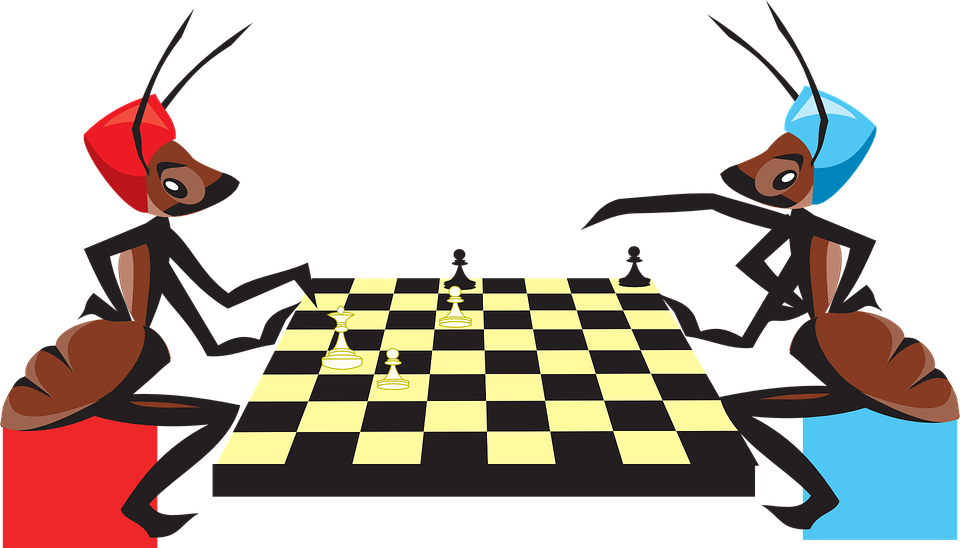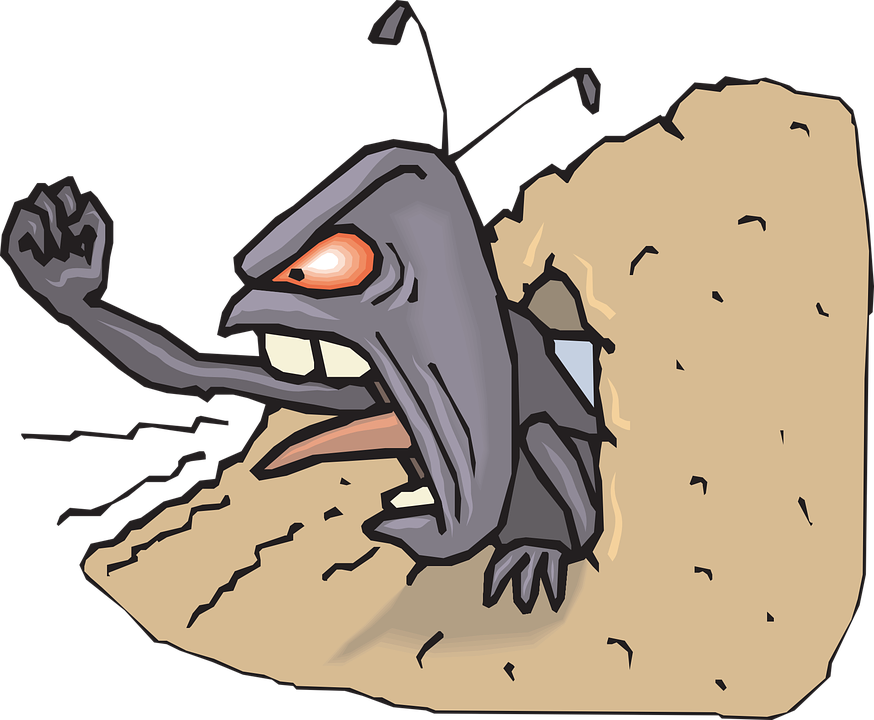Getting the Greek straight
This post is about an intriguing phenomenon called myrmecophily, which, if you go into the Greek roots of the word, means “ant-love.” Now that can be a misleading piece of information because animals indulging in myrmecophily do not always love ants. They pretend to be ants so that they can enter the colony, and sometimes, they eat the ant babies.
So while I may like ants enough to lovingly write about them in the middle of the night, this is not an example of myrmecophily.
Animal species that indulge in myrmecophily live in association with an ant colony, and they are called “myrmecophiles.” Myrmecophiles have evolved in such a way that they possess characteristics which make them capable of entering an ant colony and pretending to be ants, when they are not ants at all. Jae Choe calls these animals “con artists of the ant world.” Several species of butterflies, spiders, mites, and beetles have been found living in ant colonies, sometimes serving a useful purpose and sometimes not.
Today, we are going to focus on a special group of beetles called the rove beetles that have evolved to look like ants, smell like ants, walk like ants, and basically do everything like ants so convincingly that the ants themselves get fooled into accepting them as members of the ant colony.

I thought you were smarter than that!
Source: pixabay.com
Why this love for ants?
Imagine for a moment that you are a beetle in a tropical forest. You are no longer safe at your home or workplace, because this is the jungle. And your perspective has suddenly zoomed in into the forest floor. You are out to find some food and you suddenly sense the army ants approaching. These are ruthless marching creatures that tear apart anything that they come across, be it spider, scorpion, beetle, or anything else. If one of these ants detects your presence, it will send a chemical signal around the army so that the whole fierce group will attack you at once and eat you alive. In short, if you think the army ants are approaching, you should run away.

Obey! Ants are the fierce predators in their world.
Source: pixabay
But the problem is you can’t really run away from them because there are so many of them, and they keep on increasing and marching and eating everything on their way.
If you are a smart beetle that has grown up watching spy movies, you would probably think of the possibility of a deceptive plan at this point. Imagine how much nicer life would be if you could join the march of these ruthless creatures? You could act like one of them and all the food in the world would be yours. You would be safe from other insects. And if you could fool them well, you could even eat their babies sometimes. You just like the taste.
This dangerous game is exactly what evolution seems to have played.
Meet the baby con artists
There are several species of rove beetles that infiltrate ant colonies and get advantages in different ways.
The ploy begins when the beetle is in the larva stage. The rove beetle larva will tap at a passing ant in the exact same way in which an ant larva taps at a passing ant. The tapped ant will now get alerted because for all intents and purposes, a larva has been found outside the nest on the forest floor!
You can call the ant stupid in its love, but it will lift the larva up. To remove any lingering doubt, the beetle larva will tap at the ant's mouth again exactly in the way that ant larvae do. The ant is now convinced. It will feed the larva from its social stomach and will carry it deep into the nest.
That little larva just got carried by its predators into the den of enemies which is full of food. Its deception is so perfect that if a piece of paper is covered with the chemical that it secretes, the ants are fooled into thinking that the piece of paper is a larva, and they will carry it into their nest.
Imagine what they can do as adults
The adults will develop so that they look like the ants and smell like the ants. But they know they are not ants, so of course they will not help in getting the food. They will simply demand it and eat it. They have access to all the food that the ants work hard to collect. They can also tap at a passing ant and demand to be fed from the social/crop stomach in the mouth to mouth feeding process that ants practice. Some of them even eat ant larvae right in front of the guarding ants.
You can find images of rove beetles marching with ants (and looking like them) here.
Enough about the evil beetles. What is this convergent evolution?
Convergent evolution refers to the process in which organisms that are not closely related obtain similar characteristics because of the fact that they are subjected to the same environmental factors. The similarity in the nature of wings and flights in different organisms (bats, birds, insects) is one of the examples of convergent evolution. Since all of the organisms were evolving to fly (common “environment”), they all evolved similar apparatus and mechanism to achieve that objective.
Some scientists believe that convergent evolution is an evidence for determinism in the universe. Determinism broadly states that for a certain event, there are conditions in the environment that will result in that event and no other event.
Taking this theory to the extreme, if we start at the Big Bang, we will inevitably see all the cosmic and evolutionary events happen exactly as they did, so that we will undoubtedly reach the current moment when you are reading this.
If evolution is not convergent, organisms can evolve different traits while adapting to the same environment.
Okay. What has this got to do with the ants and the beetles?
In March of 2017, a study published in the journal Current Biology reported that rove beetles have evolved their art of deception multiple times in the history of evolution. By studying the DNA of 180 species of rove beetles (which contained only a few myrmecophiles), researchers came to the conclusion that beetle species that were not closely related to each other had evolved to become myrmecophiles at least 12 times.
The conclusion is that evolution in this case does seem to be convergent. Infiltrating an ant colony was such a lucrative thing to do that several unrelated species evolved to do the same thing at different times in history.
That is a lot of information. Can I see a rove beetle among the ants?
That might be a little difficult because they typically account for only 1 in every 5000 ants. This has made studying the behaviour of these animals a little difficult because as soon as researchers spot a rove beetle, they rush to capture it and bring it to the lab.
Someday, we will probably learn more about their intriguing art.
Links to references and image sources are provided in the text.
You can watch a National Geographic video about the deadliness of army ants here.
